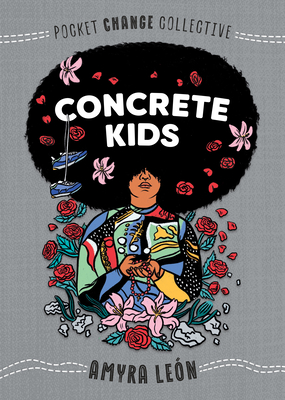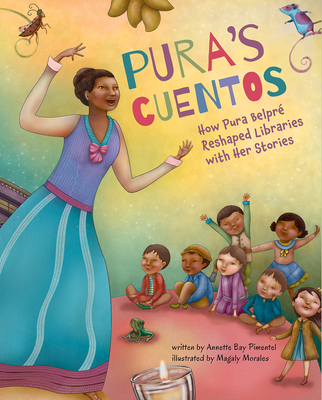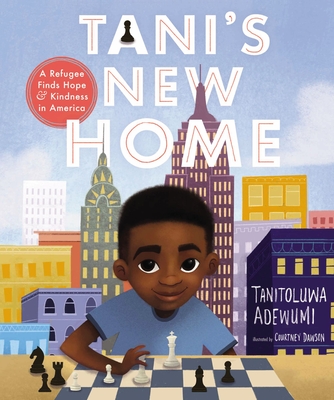
The 1619 Project: Born on the Water by Nikole Hannah-Jones and Renee Watson, illustrated by Nikkolas Smith (9780593307359)
This picture book forms a way for younger children to benefit from the information shared in The 1619 Project. In this story, a Black girl is given an assignment in class to trace her family history. She can only trace three generations back and tells her grandmother that she is ashamed. So her grandmother shares the history of her family before slavery when they lived in West Central Africa. Her family spoke Kimbundu and were good with their hands and used them for growing things, inventing, mixing herbs, building tools, and caring for babies. They danced to offer worship, to share joy, and to mourn. Then they were stolen, taken from their families and lands, stamped with new names. They fought back, some refused to eat and chose to die on the journey, others survived. They had to learn a new language, form a new people, and survive the brutality of slavery. From that history have come generations of Black Americans who have changed our nation for the better. There is nothing to be ashamed of, take pride in this history of resilience and hope.
The focus of this picture book is to share the history of Black Americans in this country, showing how a deep history in the cultures of Africa are their origins. The book doesn’t flinch from the darkness of the Middle Passage or the horrors of slavery. These are also sources of pride for children reading the book, who may have been made to feel ashamed of where they came from. Written with a poetic touch, the entire book is filled with hope even in its darkest points. Throughout there is a sense of resilience and power, a knowledge that ancestors survived.
The illustrations carry readers through history. They show the rich cultures in Africa and the beauty of what was lost. They show slavery but not without hope shining in the sky above. They share connections, new families forming, and children who are a promise for the future. They show resistance, an insistence on change, a focus on the future continuing to carry us forward.
Powerful and important, this book belongs in every library. Appropriate for ages 6-9.
Reviewed from e-galley provided by Kokila.












